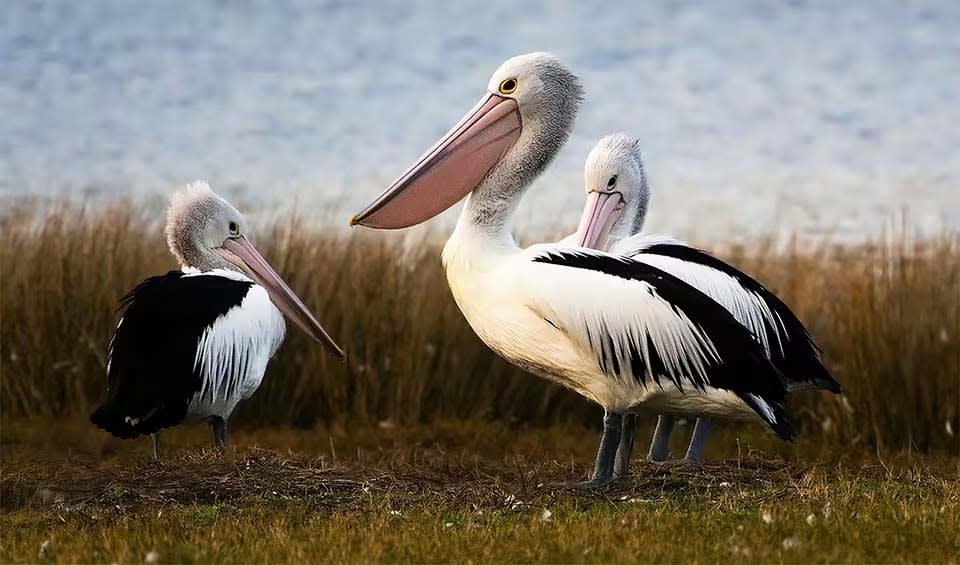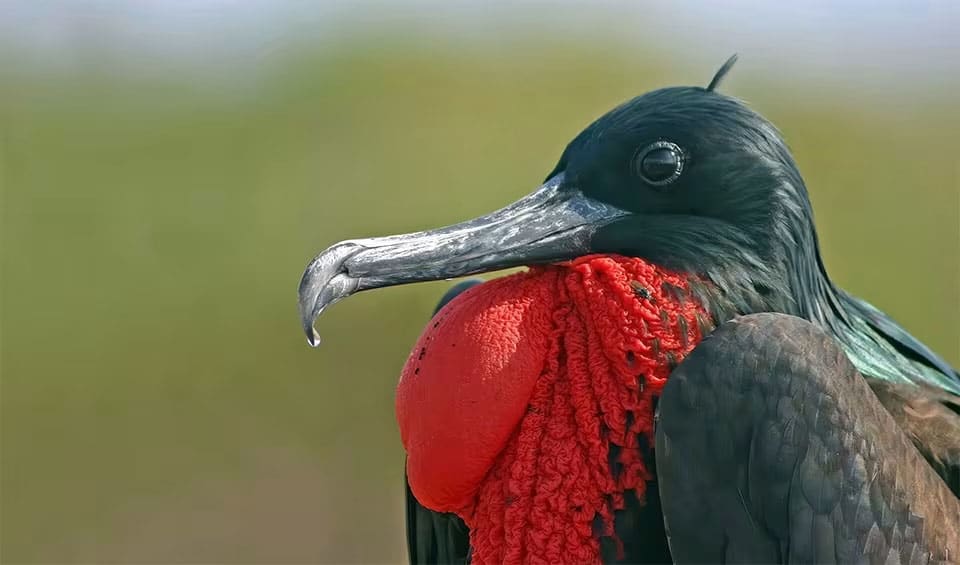Palau, an archipelago of over 500 islands, is situated in the western Pacific Ocean, east of the Philippines and north of Indonesia. Known for its stunning marine environments and vibrant biodiversity, Palau covers a total land area of around 459 km² (177 mi²). With a population of approximately 18,000 people, this island nation is a paradise for nature lovers, offering a unique blend of terrestrial and marine landscapes.
The Rock Islands of Palau, a UNESCO World Heritage site, are a group of limestone islands famous for their mushroom-like shapes and stunning blue lagoons. These islands are covered with dense vegetation and surrounded by crystal-clear waters.
Four pillars elaborated:
The Palau Protected Areas Network (PAN) serves as a national framework providing support for local-level protected area management. These protected areas gain recognition at regional and international levels through initiatives like the Micronesia Challenge. Over the past decade, the number of organizations involved in conservation and resource management in Palau has increased, with many groups collaborating to share limited resources effectively. Palau, already recognized as the world’s first shark sanctuary, is poised to enhance its conservation efforts further. President Tommy Remengesau has proposed that Palau become a marine sanctuary, which would offer greater protection for the country’s fisheries. Land Management
Land Management
Small Island Developing States (SIDS), like Palau, are particularly vulnerable to ecological disturbances from global climate change. Economic development also negatively impacts biodiversity; for example, Palau has recently passed legislation to develop potential offshore petroleum reserves, which, while diversifying the economy, raises environmental concerns. Population growth and urbanization, such as the development following the completion of the Compact Road on Babeldaob, have significantly contributed to land degradation and water quality issues. Threats to Biodiversity
Threats to Biodiversity
There is a pressing need to address data gaps, enhance understanding of conservation needs through research, and monitor the outcomes of initiatives. Sustainable development requires national guidelines for creating state and protected area-specific management plans that ensure comprehensive and consistent protection, necessitating capacity development. Additionally, some cultural practices, combined with modern technology, have contributed to biodiversity declines, highlighting the need for management strategies that integrate traditional and contemporary approaches.
Palau, a nation rich in biodiversity, has implemented numerous conservation measures to safeguard its natural heritage, protecting the unique flora and fauna that thrive there. The Palau Protected Areas Network (PAN) supports the management of protected areas at the local level, enhancing conservation efforts. A notable regional initiative, the Micronesia Challenge, unites governments, organizations, and communities across Micronesia to conserve at least 30% of marine and 20% of terrestrial resources by 2020, recognizing and supporting Palau’s efforts. Capacity and Governance
Capacity and Governance
Specific marine protected areas and fully closed areas have been designated to further protect marine ecosystems, maintaining biodiversity and preserving delicate habitats. Active community involvement is crucial, with local communities participating in the management and protection of natural resources, ensuring their sustainable use and the preservation of Palau’s biodiversity.
Palau’s Biodiversity Plan 2030 aims to protect and conserve the country’s rich biodiversity, focusing on its unique marine ecosystems and terrestrial forests. The plan prioritizes five key areas: effective management of protected areas, sustainable use of natural resources, conservation of threatened species, restoration of degraded ecosystems, and building capacity for biodiversity conservation. Future Trends
Future Trends
Guided by the National Environmental Management Strategy 2022-2030, the plan outlines strategies to achieve Palau’s environmental goals and aligns with the UN’s Sustainable Development Goals, particularly SDG 14 (Life Below Water) and SDG 15 (Life on Land).
Biodiversity
Dense tropical rainforests, savannas, and mangrove forests characterize Palau’s terrestrial ecosystems. The rainforests, found primarily on the larger islands like Babeldaob, are home to various plant species, including endemic trees, ferns, and orchids. Unique wildlife in Palau includes the Palau fruit bat, the Palau fantail, and the Palau ground dove. The islands also host several endemic reptiles and amphibians, such as the Palau tree frog and the Micronesian gecko. The mangrove forests, which line the coasts of many islands, play a critical role in supporting biodiversity and protecting shorelines from erosion.Palau’s marine ecosystems are also particularly notable for their extensive and diverse coral reefs, which are some of the most vibrant in the world. The coral reefs support a wide variety of marine life, including over 1,500 species of fish, 400 species of coral, and numerous invertebrates. Notable marine species include the hawksbill turtle, green sea turtle, manta rays, and various species of sharks and rays. The Rock Islands Southern Lagoon, a UNESCO World Heritage site, is a key area that showcases Palau’s marine biodiversity, featuring pristine coral reefs, marine lakes, and unique marine environments.
In the table below are the number of known species in several main groups, how many of these species are Threatened with extinction, and how many of them are Endemic (unique to Palau only):
| Species (World rank) |
Threatened | % Threatened | Endemic | % Endemic | |
|---|---|---|---|---|---|
| Mammals | 24 (#193) | 4 | 16.7% | 2 | 8.3% |
| Birds | 114 (#189) | 7 | 6.1% | 13 | 11.4% |
| Reptiles | 35 (#134) | 3 | 8.6% | 1 | 2.9% |
| Amphibians | 1 (#192) | ||||
| Fishes | 1,549 (#23) | 36 | 2.3% | 11 | 0.7% |
| Plants | 1,093 (#172) | 5 | 0.5% | 178 | 16.3% |
birds
Australian pelican
These birds have been recorded to fly at 3000 meters (9850 ft)
Great frigatebird
These birds spend weeks in the air and hunt, preen and even sleep while in flight
Common kingfisher
Possessed with special visual adaptations to catch fish
reptiles
Saltwater crocodile
Largest of all living reptiles and the animal most likely to eat a human
Yellow-bellied sea snake
The most widespread species of snakes on earth are found throughout the Indian and Pacific Oceans and from Africa to Central America
Hawksbill sea turtle
Its slender frame and narrow head bear a beak curved like a hawk’s, earning this marine marvel its name
National Animals
Palau fruit dove
Palau’s dazzling gem – a national treasure draped in sunshine and elegance











